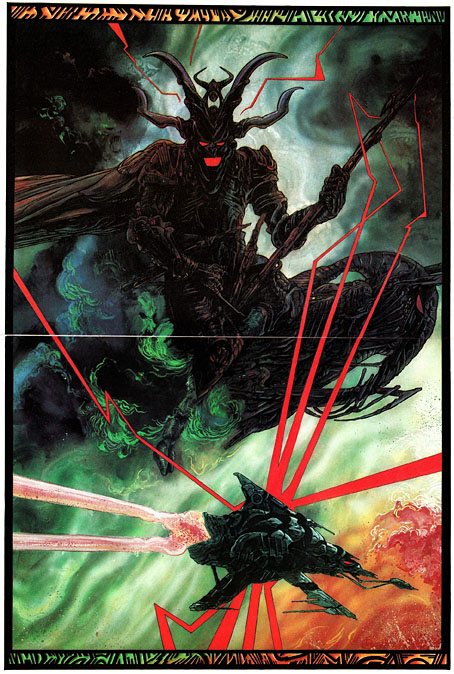Illustration by Adolf Hoffmeister for a Czech edition of The First Men in the Moon by HG Wells.
• It’s good to hear that Czech animator Jiri Barta is back at work on his long-gestating feature film based on the Golem legend. The new iteration looks like a reimagining of the entire project.
• Among the new titles at Standard Ebooks, the home of free, high-quality, public-domain texts: The First Men in the Moon by HG Wells.
• This week in the Bumper Book of Magic: Ben Wickey breaks down more of his Great Enchanters pages.
• At Colossal: Charles Brooks photographs the interiors of musical and scientific instruments.
• At Igloomag: Philippe Blache on neo-noir, doom jazz and related atmospheric music.
• At The Daily Heller: The book-brick that is the 1,264-page Emigre Specimen Encyclopedia.
• New music: Changing States by Matmos, and Of Shadow Landscapes by Skotógen.
• At the BFI: Josh Slater-Williams selects 10 great Japanese time-travel films.
• Lawrence English remembers the sound-art pioneer Alan Lamb.
• Tunde Adebimpe’s favourite albums.
• Time Machine (1967) by Satori | Time Machine (1968) by Lemon Tree | Turn Back Time (1971) by Time Machine










